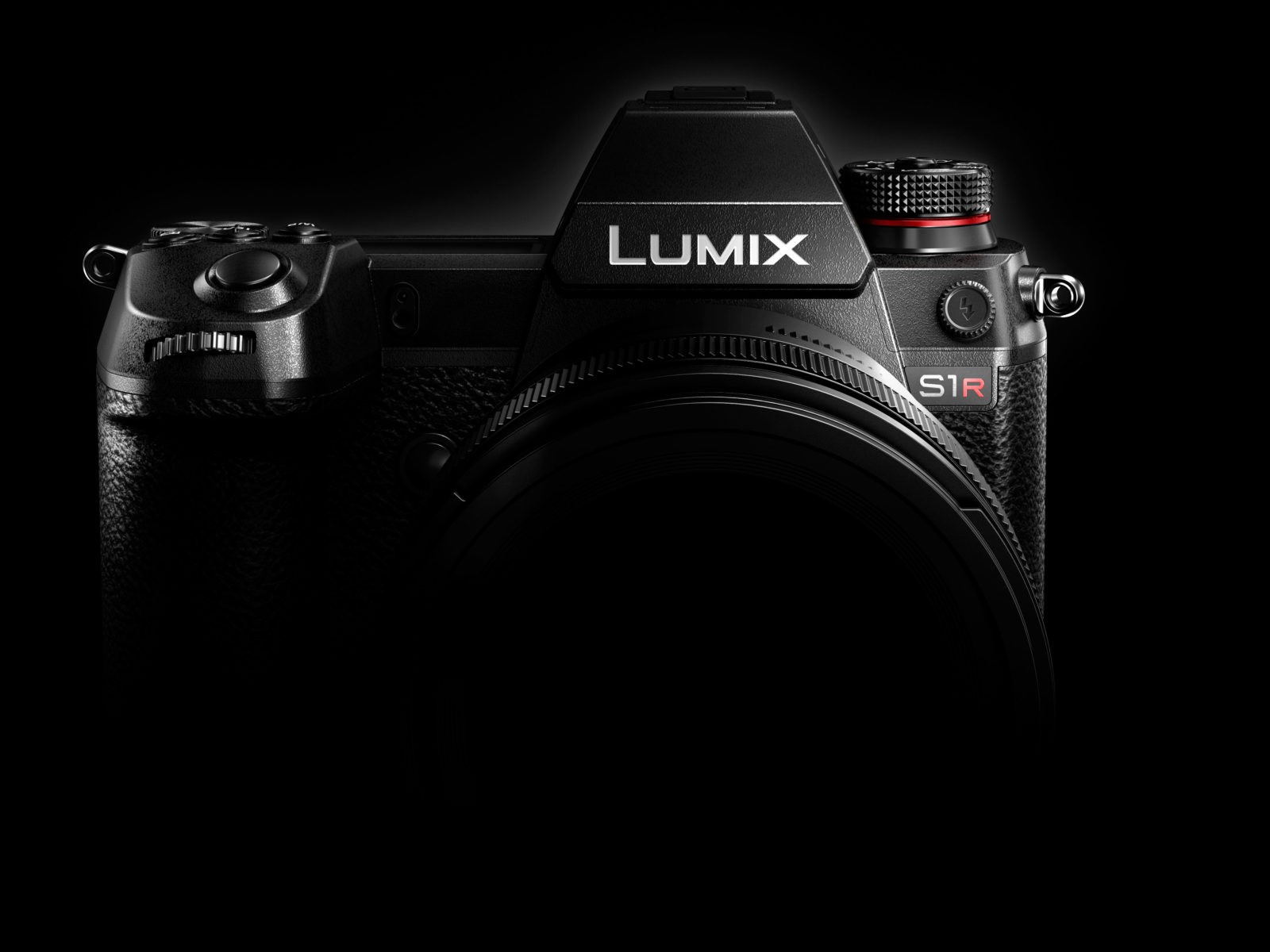Photokina 2018 started with some seriously exciting news in the Leica world. While Leica-Zenit partnership is more on an amusing side (do not get me wrong, the camera looks super cool, and Zenitar-M 1/35 lens even cooler yet, but what kind of target audience they had in mind still remains a mystery to me), an announcement of L-Mount Alliance I see as something of great significance.
Opening the L-mount (that is, the mount that a full-frame professional Leica SL shares with APS-C-based Leica T/TL/CL cameras) to Panasonic and Sigma can potentially create a real competition in the world of mirrorless still/motion cameras, which at this point SONY comfortably occupies as an uncontested leader. Why Panasonic and Sigma? Well, first of all, both companies have a long history of cooperation with Leica. Let’s talk about it.
Sigma used to make zoom lenses for Leica R system as far back as twenty five years ago. Saying that these optics were not hugely successful would be an understatement, and this fact in itself may make Leica’s current decision somewhat questionable to say the least. Things are not what they may seem, however. In the past ten years Sigma went from a mediocre third-party lens manufacturer to a major player in still and cine optics. Lenses of its current premium Sigma Art line deliver phenomenal edge sharpness (albeit at the expense of microcontrast) and distortion control. Sigma Art rivals major Japanese brands and even comes quite close to the new generation of Zeiss lenses. Supplementing a Leica SL lineup of lenses with Sigma Art optics seems to be a practical and economically sound solution for many pros and photo enthusiasts alike.
Panasonic has been in cooperation with Leica in three different ways. The first way is contract manufacturing. It is not a secret that Leica C-Lux and D-lux cameras are made by Panasonic, and their built-in lenses are assembled in Japan. Second line of cooperation is in Panasonic camcorders equipped with professional-grade Leica Dicomar lenses. Now, the most important way in which Leica and Panasonic has joined forces is the common 4/3 and later MTF platform. It has been ten years since Leica delivered its first MFT lenses for Panasonic Lumix brand. Now Lumix G cameras are widely regarded by professional videographers and compete successfully with Sony mirrorless cameras despite a smaller sensor size. The most recent example of Leica-Panasonic cooperation is Leica SL, which adopted decades of Panasonic’s experience in complex electronic imaging equipment. As I am writing this, Panasonic works on two full-frame professional cameras based on the L-mount. New 24-megapixel Lumix S1 and its 47-megapixel sibling S1R bodies have been promised to deliver the same and even better video specs as their MFT flagship cameras (such as 10-bit internal capture and full-frame 60fps 4K) in addition to mind-blowing low-light performance.
Now, where does it leave our beloved Leica SL? Even though introduced in 2016, SL is by no means a yesterday’s technology. It is a modern professional camera delivering by all standards outstanding image quality. It is durable, dependable and undemanding. Even a one-lens solution of its standard zoom is capable of solving 90% or more of photographic problems that an average pro photographer faces. It is Wi-Fi enabled, and the new LeicaFotos smartphone app makes remote control and online photo sharing a breeze.
SL delivers broadcast quality 10-bit video via HDMI, which makes it a universal solution for someone who wants to include video in his/her line of products. No other full-frame mirrorless camera does it.
Yes, when Lumix S1/S1R come out, they will have superior specs and most likely comparable build quality and handling. However, it won’t happen for at least another six month, and even then SL will remain competitive.
L-Mount Alliance is a great news for photographers. It is bound to make Leica-SL-based systems more accessible and attractive while staying competitive in the mirrorless camera market, which is getting more crowded as major camera brands eventually turned their attention to it.
Irakly Shanidze © 2018
